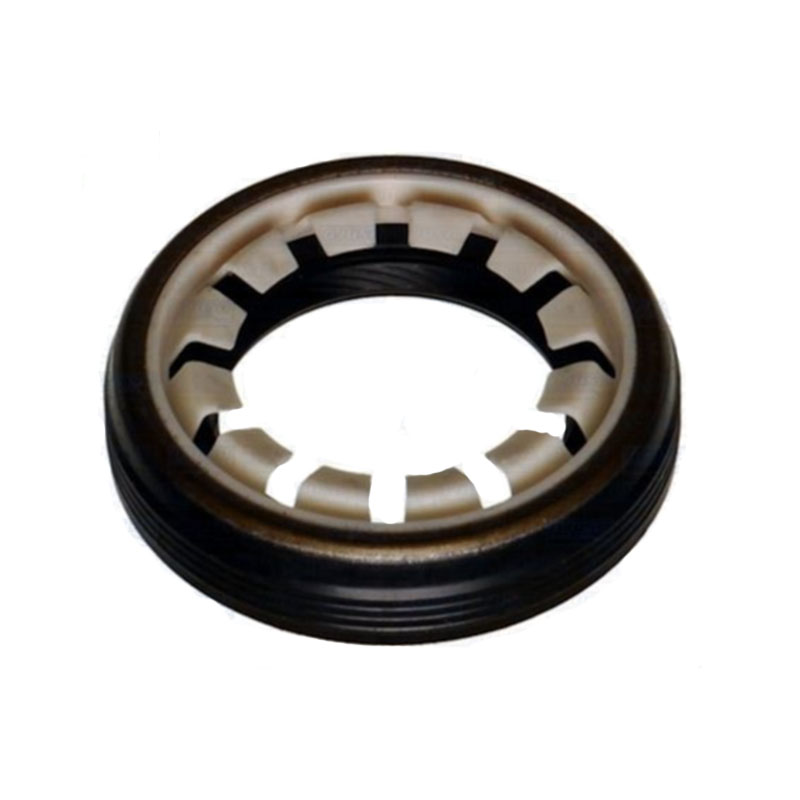Innovative Solutions for Oil Stem Seals in Modern Machinery Applications
Understanding Oil Stem Seals Importance and Applications
Oil stem seals, often referred to as oil seals or shaft seals, are critical components used in many machinery and automotive applications. Their primary function is to prevent leaks of lubricating oils and other fluids from critical systems, while simultaneously preventing contaminants such as dirt and water from entering these systems. This article will discuss the importance of oil stem seals, their types, materials, applications, and maintenance practices.
Importance of Oil Stem Seals
Oil stem seals play a vital role in maintaining the efficiency and longevity of machinery and vehicles. Without effective sealing, lubrication becomes compromised, which can lead to increased friction, overheating, and ultimately, equipment failure. In automotive engines, for instance, oil seals prevent oil leaks that could cause inadequate lubrication, potentially resulting in catastrophic engine damage. Additionally, effective oil seals help in maintaining optimal pressure within systems, enhancing performance and reliability.
Types of Oil Stem Seals
There are various types of oil stem seals, each designed for specific applications
1. Rotary Seals Commonly used in rotating shafts, rotary seals are designed to accommodate dynamic applications where movement is a factor. They typically consist of a single or double lip design, providing an effective barrier against oil leakage while allowing rotation.
2. Static Seals These seals are used in non-moving applications. Static seals are primarily employed in joints and flanges, where they prevent leakage without any relative motion.
3. Tapered Seals Tapered seals are specifically designed to fit into recessed grooves or notches. They provide a robust sealing solution for a variety of applications, including automotive and industrial machinery.
4. Mechanical Seals Often used in pumps and mixers, mechanical seals consist of rotating and stationary components that work together to provide a leak-free operation. They are crucial in applications that involve high pressure and temperature.
Materials Used in Oil Stem Seals
The material selection for oil stem seals is crucial for their performance
. Common materials include- Nitrile Rubber (NBR) Known for its good resistance to oil, NBR is commonly used in automotive applications. It can withstand a wide range of temperatures, making it suitable for various environments.
- Fluoroelastomer (FKM) This high-performance material offers excellent chemical resistance and is used in high-temperature applications. It is often found in aerospace and automotive industries.
- Polyurethane This material is known for its durability and resistance to wear. It is commonly used in applications where high abrasiveness and exposure to various chemicals are present.
oil stem seals

- Silicone This material is chosen for its high-temperature stability and flexibility. It is particularly effective in applications that require a broad temperature range.
Applications of Oil Stem Seals
Oil stem seals are utilized in a diverse array of industries and applications, including
- Automotive They are extensively used in engines, transmissions, and drivetrains to prevent oil leaks and ensure reliable operation.
- Industrial Machinery Oil seals are critical in manufacturing equipment, pumps, and compressors, enabling smooth operation and reducing maintenance costs.
- Aerospace In aviation technology, oil seals are used in engines and hydraulic systems, where performance and reliability are paramount.
- Marine Marine engines and equipment rely on oil seals to withstand harsh environments, ensuring longevity and performance.
Maintenance Practices
To ensure the longevity and effectiveness of oil stem seals, regular maintenance is essential. Here are some best practices
1. Inspection Regularly check for signs of wear or damage, such as cracks, leaks, or discoloration.
2. Lubrication Ensure that seals are adequately lubricated. Insufficient lubrication can lead to premature wear.
3. Replacement Timely replacement of worn seals is crucial to prevent leaks and maintain equipment efficiency.
4. Environmental Protection Protect seals from extreme temperatures and chemicals that could degrade their performance.
In conclusion, oil stem seals are essential components that significantly contribute to the efficiency and reliability of various mechanical systems. Understanding the types, materials, and applications of oil seals, along with proper maintenance practices, can lead to improved machinery performance and reduced downtime.
-
The Ultimate Guide to Car Repair Kits: Tools and Essentials Every Driver Should Own
News Aug.01,2025
-
The Complete Guide to Oil Pan Gaskets: Sealing Engine Leaks the Right Way
News Aug.01,2025
-
Preventing Oil Leaks: A Complete Guide to Oil Pan Gaskets and Drain Seals
News Aug.01,2025
-
Everything You Need to Know About Oil Pan Gaskets and Drain Plug Seals
News Aug.01,2025
-
Essential for Car Owners: How to Use a Car Repair Kit to Deal with Minor Breakdown
News Aug.01,2025
-
Comprehensive Guide to Engine Oil Sump Gaskets and Related Seals
News Aug.01,2025
-
The Ultimate Guide to Boat Propeller Bearings and Trailer Wheel Bearings
News Jul.31,2025
Products categories















